I learn from The Problemist, the organ of the British Chess Problem Society, that the polymath Dr Jacob Bronowski also composed chess problems. According to the article I read, Bronowski was born in Lodz, Poland, in 1908, grew up in Germany and then became an undergraduate at Jesus College, Cambridge. He was a mathematician, biologist, historian of science, theatrical author, poet and inventor, and of course is most celebrated as the author and presenter of the 1973 BBC TV series The Ascent of Man. The puzzle in Diagram 1 composed by Bronowski.
This puzzle is a reflex mate which is a variant of the self-mate theme. In a self-mate White must force Black to checkmate him. The same applies in a reflex mate, with the extra rule that if either side can give checkmate, then they must.
Bronowski’s puzzle is solved by the move 1 Qb6! Now White threatens to play 2 Qxb7 when Black will be obliged to mate with 2 … Rh8. Black must thus move his rook away from being able to deliver the back rank mate and so tries 1 … Rb2. Now, however, 2 Qa6+ obliges 2 … bxa6 mate.
Among over-the-board players, the most noted polymaths were Howard Staunton, proto-world champion in chess, author of the book The Great Schools of England and a major Shakespearean scholar, as well as Dr Emanuel Lasker, world champion from 1894 to 1921, who was an expert in various games including bridge and draughts. He also wrote a verse drama, Von Menschen die Geschichte, ‘The History of Mankind’ — an interesting parallel with Bronowski. This game shows Lasker, the thinker, being way ahead of his time in terms of chessboard strategy.
Maroczy-Lasker; New York 1924; French Defence by transposition (see Diagram 2)
1 e4 Nf6 2 Nc3 d5 3 e5 Nfd7 4 d4 e6 5 Nce2 c5 6 c3 Nc6 7 f4 Be7 8 Nf3 0-0 9 g3 cxd4 10 cxd4 Nb6 11 Bh3 This position is still valid in modern opening theory. Socko-M.Gurevich, Venaco 2005 varied with 11 Bg2 a5 12 0-0 a4 and now 13 g4. 11 … Bd7 12 0-0 Rc8 13 g4 f6
As Dr John Nunn astutely points out in his book John Nunn’s Chess Course (Gambit), which is based on Lasker’s games, there has been a prejudice against attacking the head of a pawn chain, rather than its base, ever since Nimzowitsch’s publication of My System. As Lasker proves here, before My System, the reverse strategy can be just as effective, if not more so. 14 exf6 Bxf6 15 g5 Be7 16 Kh1 Nc4 17 Nc3 Bb4 18 Qe2 Re8 19 Qd3 Nd6 20 f5 Opening the position accelerates his defeat. 20 … Nxf5 21 Nxd5 Bd6 21 … Rf8 is even stronger. 22 Bxf5 exf5 23 Nf4 Re4 24 Qb3+ Kh8 25 Nh4 Nxd4 In any case Black is still winning easily. 26 Qh3 Rc2 27 g6 Bc6 28 Nf3 h6 29 Ne6 Nxe6 30 Bxh6 Rh4 White resigns.
Got something to add? Join the discussion and comment below.
Get 10 issues for just $10
Subscribe to The Spectator Australia today for the next 10 magazine issues, plus full online access, for just $10.
To learn more about chess problems, please visit www.theproblemist.org.
You might disagree with half of it, but you’ll enjoy reading all of it. Try your first month for free, then just $2 a week for the remainder of your first year.

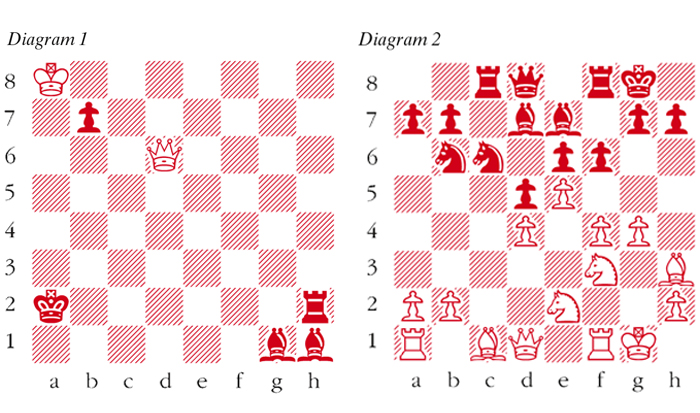
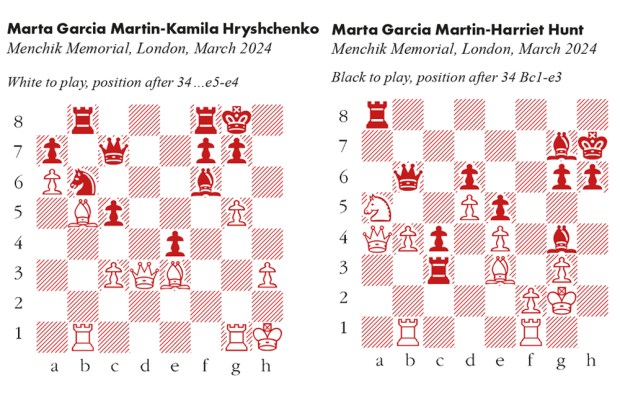

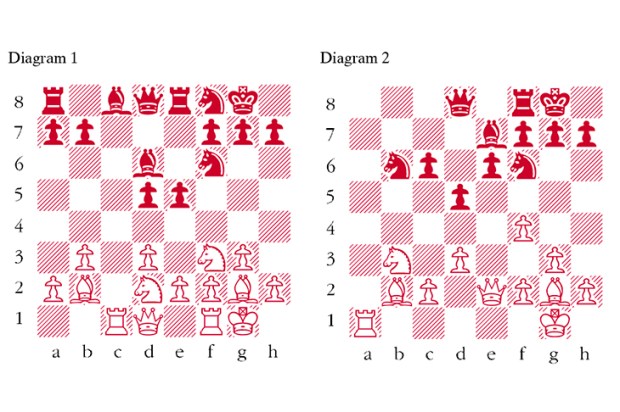
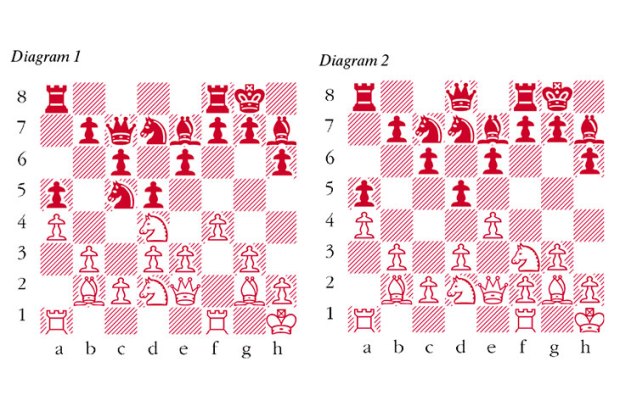
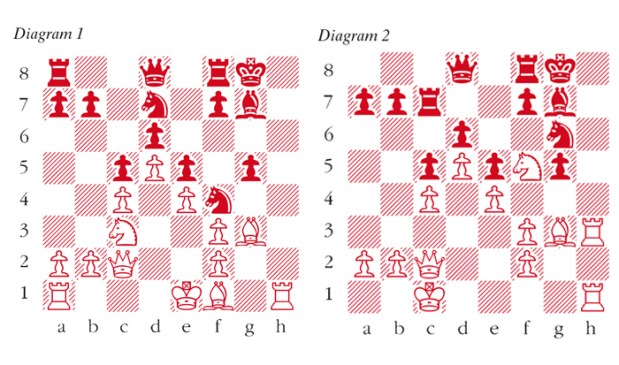
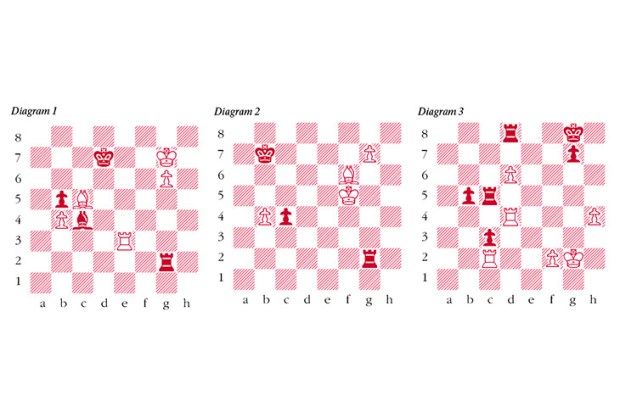






Comments
Don't miss out
Join the conversation with other Spectator Australia readers. Subscribe to leave a comment.
SUBSCRIBEAlready a subscriber? Log in